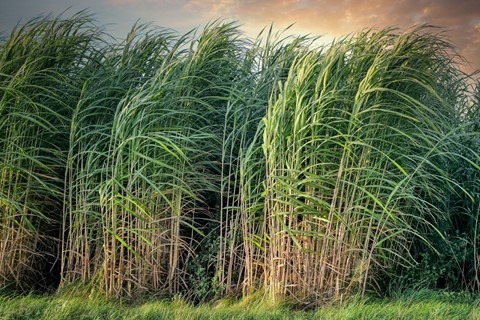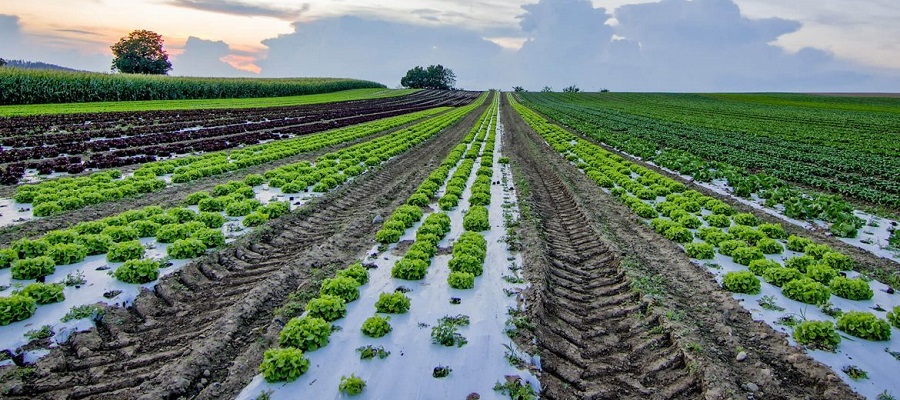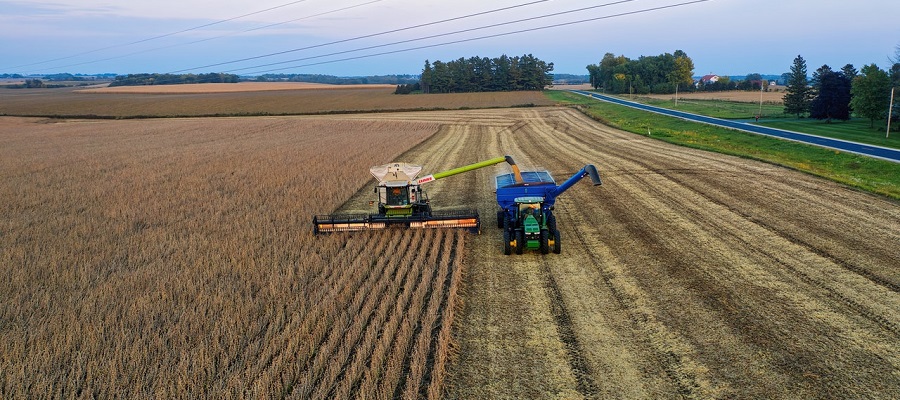Sugarcane
The crop looks fine till June-July but is susceptible to lodging in July or even sooner due to wind or rain. Around 26% plant sugarcane in October, 45% in November, 2% in December, and 7% in February.
Sugarcane is a seasonal crop, therefore bagasse supply peaks immediately after harvest, forcing power facilities to strategically store bagasse. Sugarcane is a rich source of carbohydrates; it is utilised as a food source for humans, animal feed, and as a crop fertiliser globally. Sugar, syrups, and jaggery. Cellulose: cellulose. Green leaves, tops.

Source: https://pixabay.com/photos/sugarcane-crops-cropland-farm-5525004/
Cucumber
Cucumbers need a lengthy growth season, usually 50-70 days following planting. Cucumbers that are left on the vine too long have a bitter taste.
Cucumbers are an annual plant, meaning they do not renew. The plant dies after around 70 days and cannot be regrown. Cucumbers are ready to pick around 50-70 days. Work away from moist cucumber plants, since many illnesses spread when leaves are wet. Cucumbers are best selected while they are luscious and green (immature) since they contain over 50% water. The fruit will become golden and the seeds will be black and mature (many varieties will taste bitter or pithy even before then turn yellow). Cucumbers should be picked every 2-3 days (daily in hot weather). Production will halt if any ripe cucumbers are left on the vines, so pick carefully and remove any mature fruits.
Fruits develop fast, necessitating frequent harvests Cucumber plants have a maximum amount of fruits they can sustain at any one moment, thus regular harvesting keeps the plants fruitful. Fresh sliced cucumbers are manually collected one to three times each week depending on weather and growth stage. Pickling cucumbers are picked more regularly by hand or mechanically to free up area for replanting or crop rotation. Before harvest, cucumbers are evaluated for mechanical, illness, and aesthetic faults. After harvest, unmarketable fruit is removed from the plants and disked into the soil.
Watermelon
Fruits develop quickly in hot conditions. Most are ripe 32 days after blossoming and may be harvested from the plant. Ideally, sow in January, February or June in the south and March, April or May in the central Punjab. Baby bush kinds mature in 80-90 days, whereas bigger variety need 90-100 days or more.
Watermelon Benefits
Watermelon is 92% water. This is a nutrient-rich fruit. Each juicy mouthful is loaded with vitamins A, B6, C, lycopene, antioxidants, and amino acids.
This classic summer fruit is also fat-free, low in salt, and just 40 calories per cup. Watermelon extracts can decrease hypertension and blood pressure in adults, according to an American Journal of Hypertension research. Its high water content keeps us hydrated. This may help us avoid heat stroke. Watermelon's antioxidant qualities may help reduce the risk of cancer.
Pumpkins
Winter pumpkin harvest period varies by variety. Generally, the pumpkin harvest occurs between late August and late October. With a few simple strategies, you can swiftly harvest your pumpkin. The pumpkin stalks become dry and woody after the growing period. The pumpkin may be picked immediately if the stem is woody. When the pumpkin has a deep colour, it is ripe and ready to be picked. A hollow sound when tapping the winter pumpkin indicates maturity. But don't harvest too late! The fruit should not be picked until the first frost has occurred. During the harvest, avoid damaging the pumpkins. Squashing or otherwise damaging pumpkins may cause rotting, reducing the taste and pleasure of home-grown pumpkins. After harvesting, wash your pumpkins carefully to remove any dirt residue and store them in a dry area. Those who follow these suggestions will have a good pumpkin harvest.
Pulses
Pulses are grown in the Kharif, Rabi, and Zaid seasons. Rabi crops need moderate cold climates for seeding, vegetative to pod development, and maturity/harvesting.
They are used in lentil and rice dishes and lentil soup. Patties or loaves are made from them. Weaning and invalid foods include lentils. They are used to make dhal, soups and purees, as well as patties and breads. Pulses may help decrease blood cholesterol and glucose levels, which can help prevent diabetes and heart disease. Eating pulses instead of animal protein reduces saturated fat consumption and boosts fibre intake.


